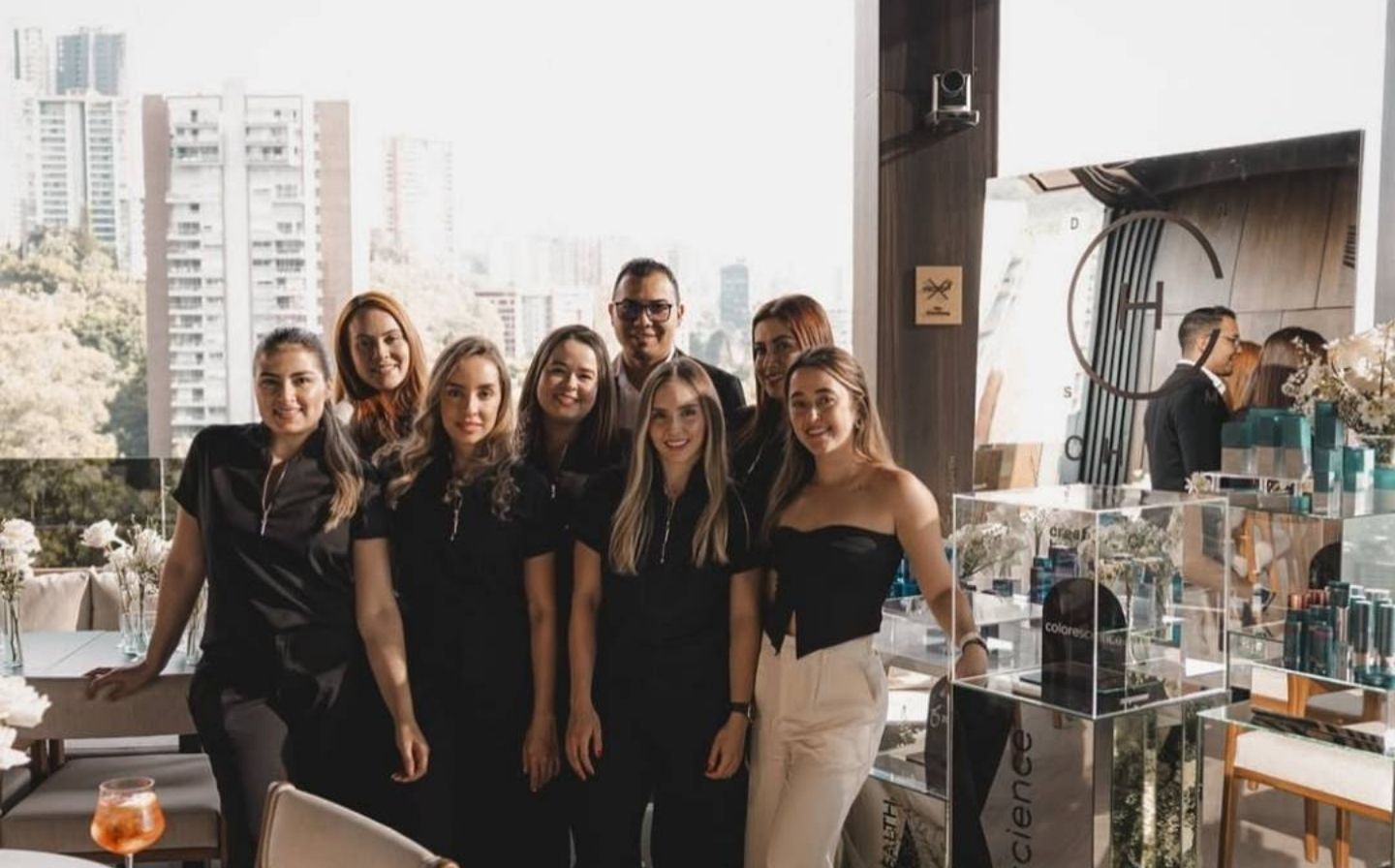In avant-garde gastronomy, ingredients are not mere elements; they are leading characters with stories to tell. At La Makha, Chef David Suárez Estrada has embarked on an almost archaeological mission: to rescue, study, and elevate to their highest expression Colombia’s native products that for centuries have been undervalued or confined to local markets. His kitchen is a stage where chontaduro, curuba de indio, and achiote cease to be supporting actors and become true stars.
This commitment goes beyond the trend of the “local.” It is a profound exploration of the flavor, texture, and versatility of ingredients that encapsulate Colombia’s unique biodiversity. Each one is treated with the respect of a gourmet product, applying precise culinary techniques to reveal its full potential—often hidden beneath a rustic or unfamiliar exterior.
Let us explore the origin, curiosities, and creative uses that La Makha gives to these jewels of Colombia’s pantry.
1. Chontaduro: The “Fruit of the Gods”
Origin and Curiosities:
Chontaduro (Bactris gasipaes) is a palm cultivated since pre-Columbian times in the Pacific and Amazon regions. For many indigenous communities, it is not just food; it is cultural and ceremonial, known as the “fruit of the Gods” for its high nutritional value (rich in vitamins A and C, beta-carotenes, and amino acids). Traditionally, it is eaten boiled with salt and honey, with colors ranging from yellow to deep red.
Creative Use at La Makha:
Chef Suárez sees chontaduro as much more than a street snack. He uses it in multiple forms:
Purées and Creams: Cooked and strained into a velvety purée with a delicately sweet and earthy flavor, serving as an elegant base for river fish or shellfish.
Powders and Textures: Dehydrated and ground into a nutritious, concentrated powder, sprinkled over dishes to add color and an umami touch.
Sweet Element: In desserts, its natural sweetness is used in mousses or compotes, pairing perfectly with citrus notes like lime or bitter orange that balance its dense texture.
2. Curuba de Indio: The Sacred Pepper of the Amazon
Origin and Curiosities:
Not to be confused with common curuba (passionfruit). Curuba de indio (also known as Paracress) is an Amazonian plant famous for its explosive, slightly anesthetic effect in the mouth. Chewing it releases a tingling and numbing sensation, followed by intense freshness. Traditionally, indigenous communities use it to relieve toothaches and as a condiment.
Creative Use at La Makha:
This ingredient is the chef’s wild card for creating unique sensory experiences:
Sensory “Caviar”: Transformed into small spheres or “caviar” that burst in the mouth, releasing its tingling effect. A surprise element in a ceviche or oyster, adding a whole new dimension of sensation beyond taste.
Air and Foams: Infused into creams to create light “airs” or foams that slightly numb the tongue, cleansing it for the next bite and acting as a palate reset within the tasting menu.
Living Condiment: At times, a fresh leaf is offered for the diner to chew, beginning a dish with an interactive and memorable experience that speaks directly to the magic of the jungle.

3. Achiote: The Red Gold of the Andes
Origin and Curiosities:
Achiote (Bixa orellana) is a small fruit with a spiny exterior shell hiding bright red seeds. Used for millennia by indigenous communities, it serves both as a natural dye (providing a vivid reddish-orange hue) and for its earthy, slightly peppery flavor. It is the key ingredient that colors Mexico’s cochinita pibil, though its origins are Amazonian.
Creative Use at La Makha:
At La Makha, achiote is prized as much for its color as for its depth of flavor:
Color and Flavor for Meats: Ground seeds blended with citrus and spices to create marinades, especially for pork and duck. These pastes not only dye the meat a spectacular red but also infuse it with earthy, smoky notes.
Oils and Emulsions: Infused into oil to obtain a vibrant red-orange hue, used for plate decoration or to flavor emulsions, adding both visual drama and subtle peppery undertones.
Powder for Texture: Dried and ground seeds turned into powder, used as a “soil” to sprinkle over purées or creams, adding textural contrast and a lightly spicy kick.
4. Other Protagonists: Colombia’s Living Pantry
The exploration does not stop here. La Makha’s menu is a constant cycle of discovery:
Cubios: An Andean tuber of bright yellow or purple with a unique tart flavor. Transformed into gourmet pickles or delicate chips.
Borojó: An Amazonian fruit with an intense taste and high energy content. Incorporated into sweet-and-sour sauces for game meats or bold reductions for desserts.
Pacific Daily Catch: Ingredients like piangua (clam) or rockfish treated with the highest precision (ceviches, crudos, low-temperature cooking) to honor their freshness and origin.
A Tribute to Biodiversity
La Makha’s work with these ingredients is a powerful reminder of Colombia’s wealth. By bringing chontaduro, curuba de indio, and achiote into the context of haute cuisine, the restaurant not only creates delicious and innovative dishes but also dignifies their origins, highlights the communities that cultivate them, and ensures their preservation.
Each plate is a lesson in botany, history, and flavor.
Craving to Discover These Unique Flavors?
The experience of tasting these ingredients transformed by Chef David Suárez Estrada’s techniques is unparalleled. To explore the current menu—crafted around the seasons to honor natural cycles—visit the website. Reserve your table at La Makha and embark on a journey through Colombia’s unique flavors:



